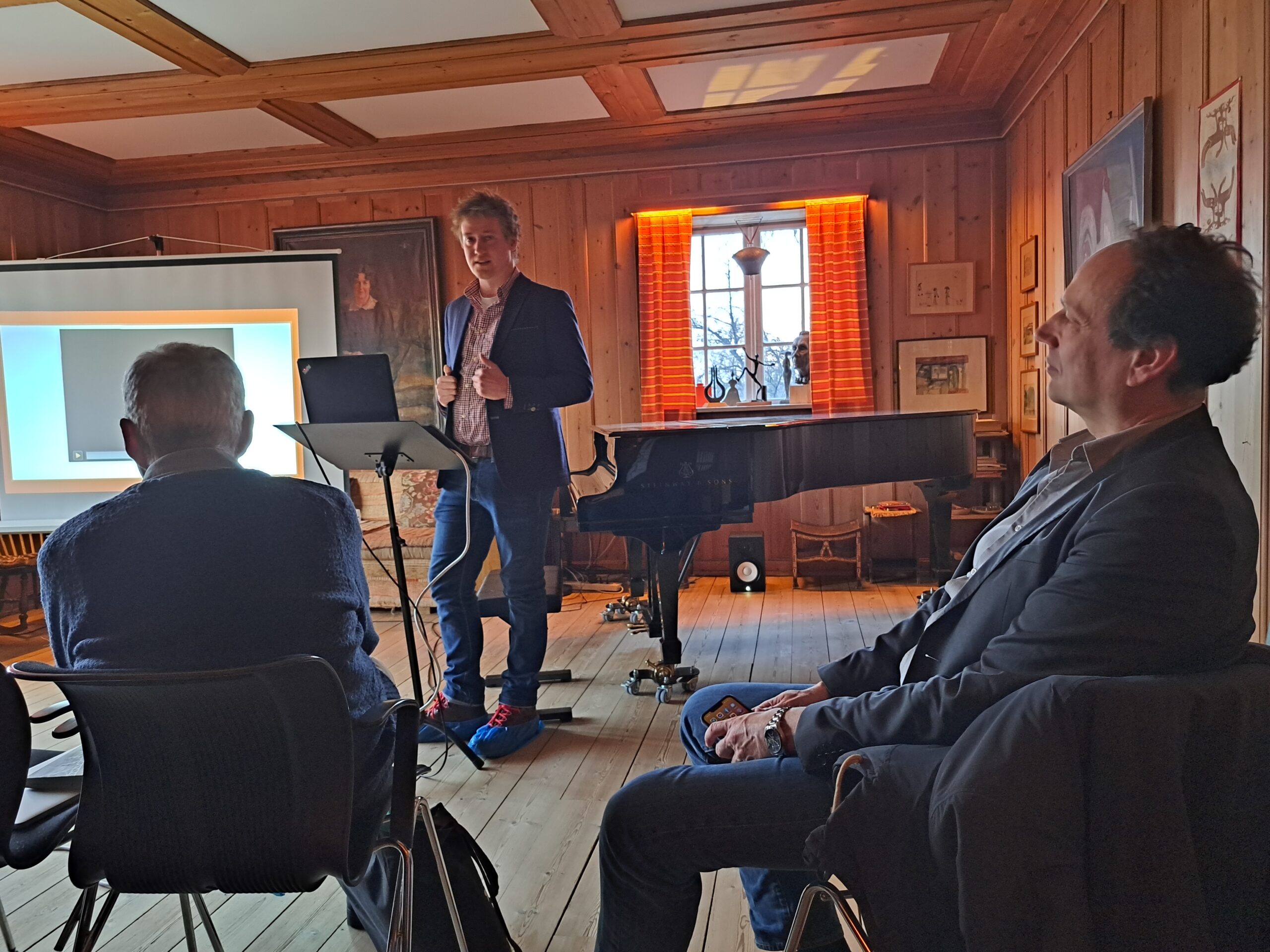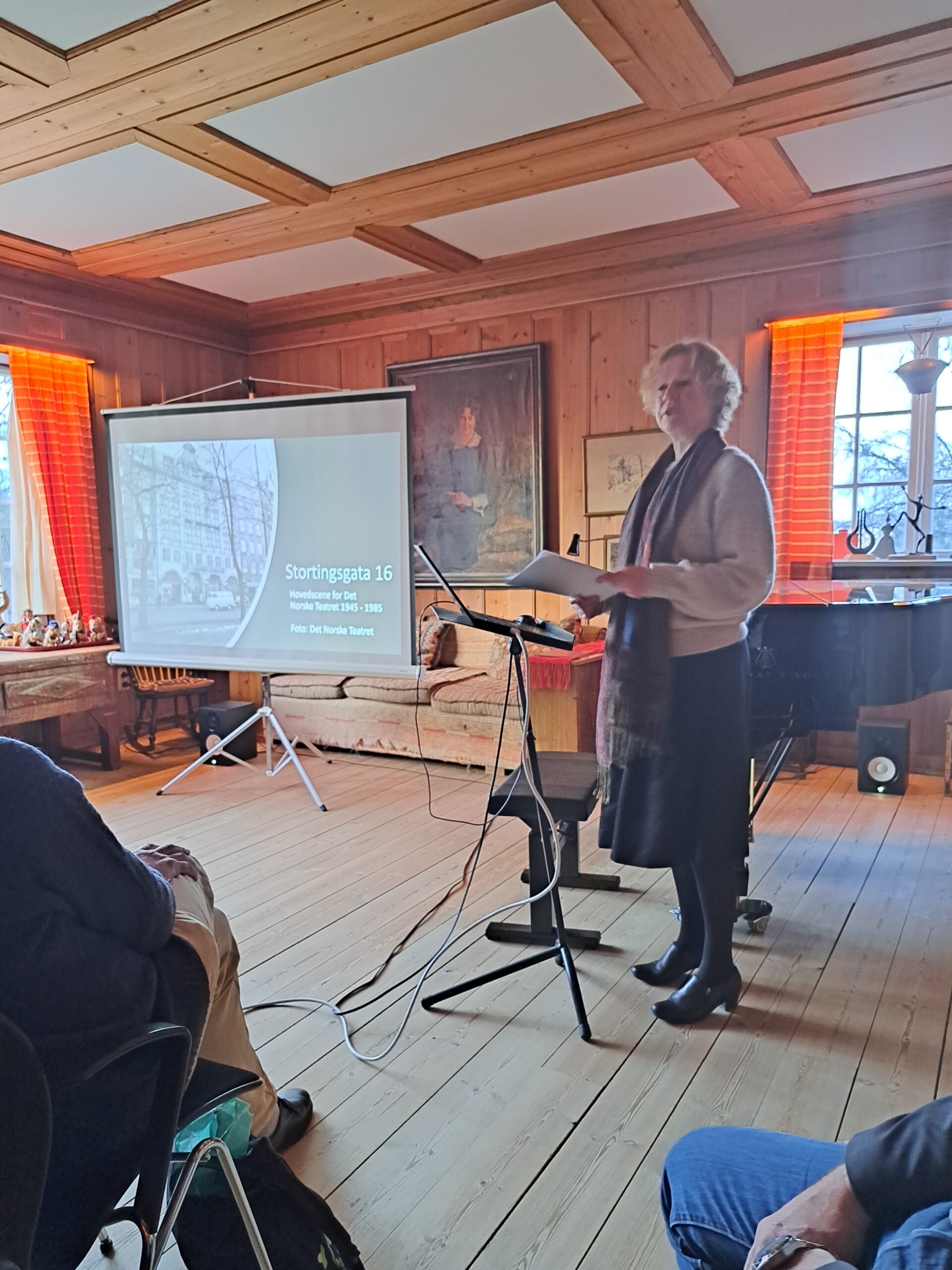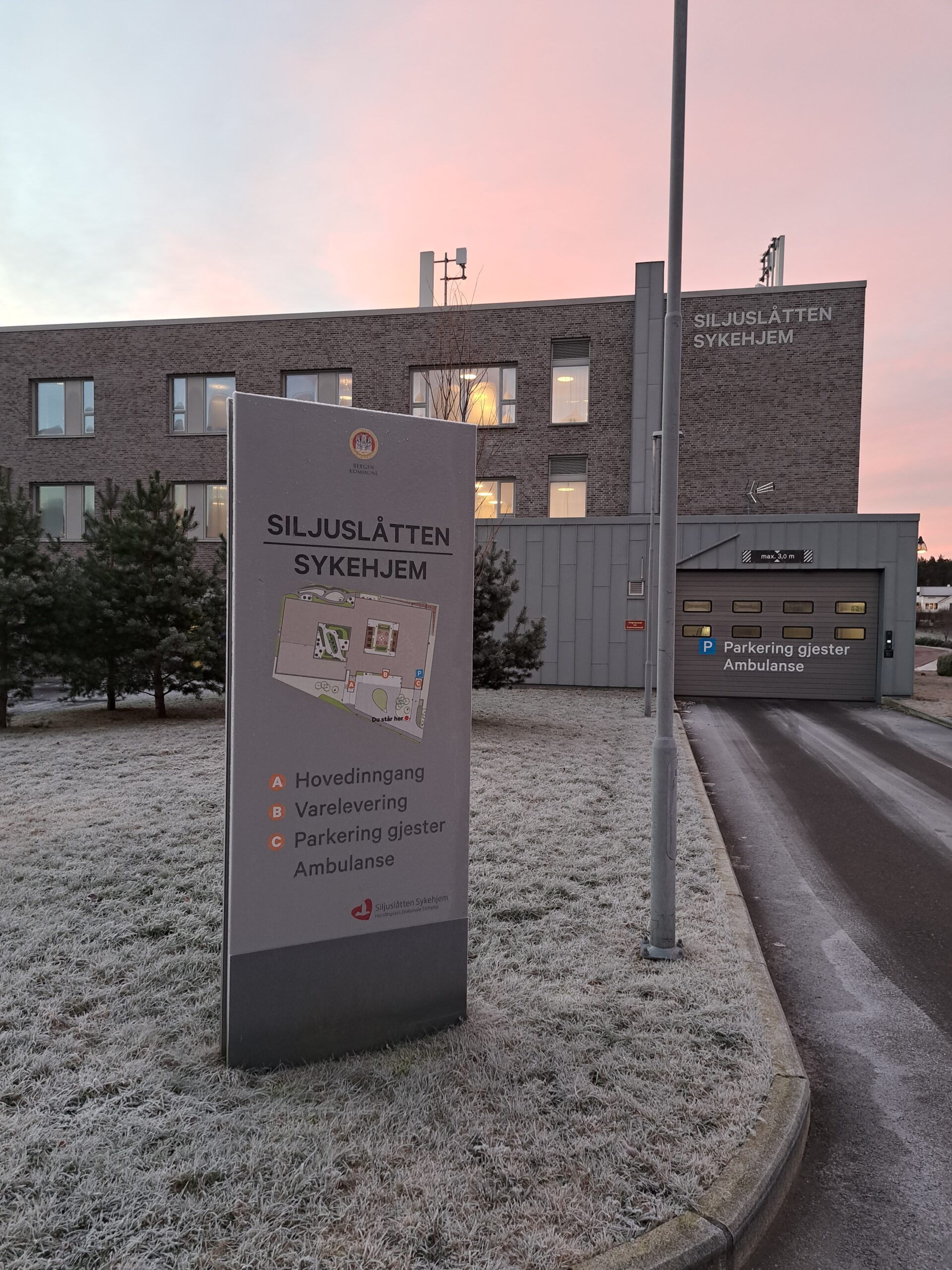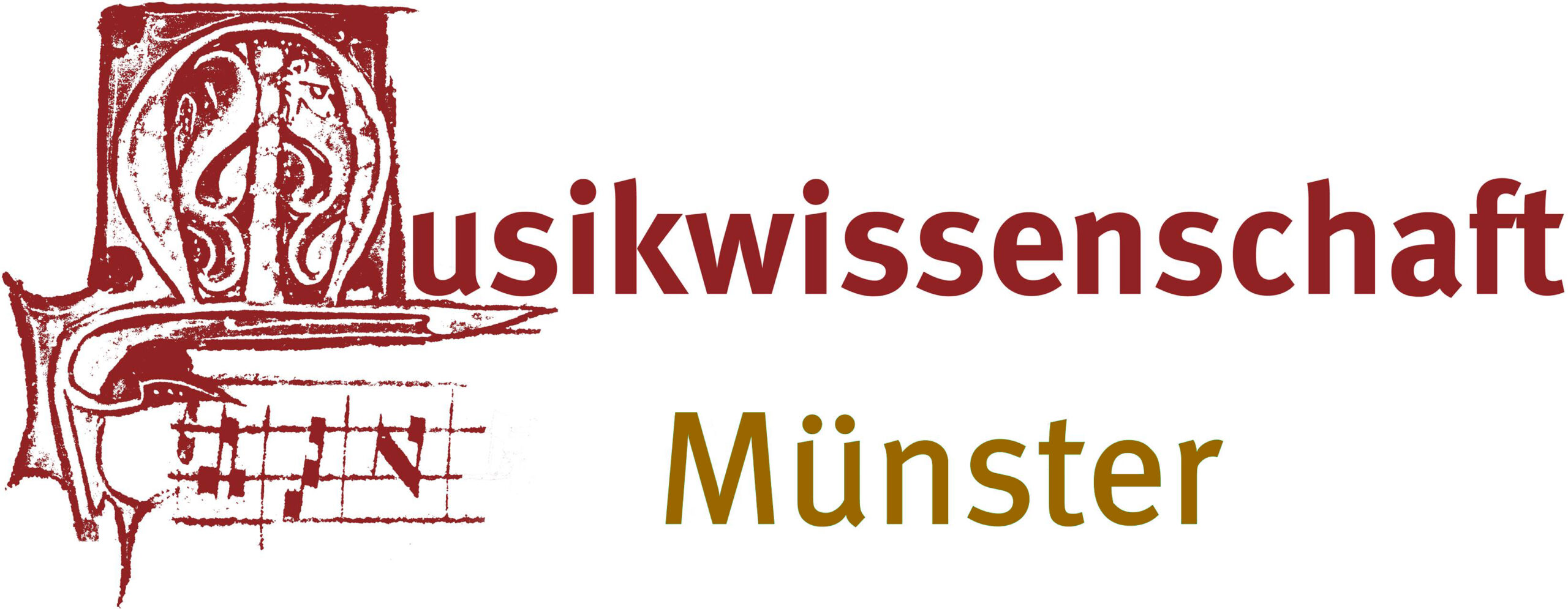Harald Sæverud (1897–1992) belongs to the generation of Norwegian composers who, for better or for worse, have been linked to Norwegian war and post-war history. His signature work Kjempeviseslåtten remains to this day one of the foremost artistic testimonies of resistance to the occupation during the Second World War, the stage music for Hans Jacob Nilsen’s avant-garde version of Peer Gynt was a scandalous success, and the series of lyrical piano pieces called Slåtter og stev fra Siljustøl established his home outside Bergen as a mythical place where the original Norwegian and the functionalist-modern merge together in a completely distinctive way.
As a composer, he himself has helped shape the image of him and his reputation in the Norwegian public as one of the central figures in Norwegian music, and his sonorous voice rings in listeners‘ ears to this day through radio programs and television documentaries.
On the first day of the seminar, we will examine the collective image of Sæverud, ask how it has formed, with the composer’s home as a starting point. Siljustøl, designed by Ludolf Eide Parr, was completed in 1939 and represents a style in architecture called the Bergen School, uniting local building traditions with functionalist ideals of modernism. In many ways, Siljustøl is a „Gesamtkunstwerk“, which visualizes Sæverud’s aesthetics in both the use of materials, proportions and architectural principles for light and space, inside and outside, intimate and monumental, surface and structure. Aspects of this mythical place will be illuminated from different angles by music and art historians. Furthermore, the question will be discussed as to how Sæverud’s almost manic control of artistic self-stylization has shaped our image of the composer, perhaps to a far too great degree?
Day 2 of the seminar deals with Sæverud in the great political upheaval, which the occupation period meant for Norway and music life, as well as how this has shaped the image of Sæverud within Norway and outside. How did Sæverud relate to the aesthetic-stylistic reset of music after 1945, which the German and International avant-garde was so concerned about? In many ways, Sæverud shaped the perception of modernity in Norwegian music in the post-war period, both through collaboration with directors for theater and in film projects which is today quite unknown.
Equally unknown is how Sæverud was received abroad, especially by German, Swedish or American audiences. And how did the international reception of his music differ from the Norwegian one, when local and national belonging and identity in the music had acquired an ideological aftertaste as folkloric „Heimatkunst“?






